A paper led by Dr. Junning Cai shows that the bulk of global aquaculture production comprises only 46 species
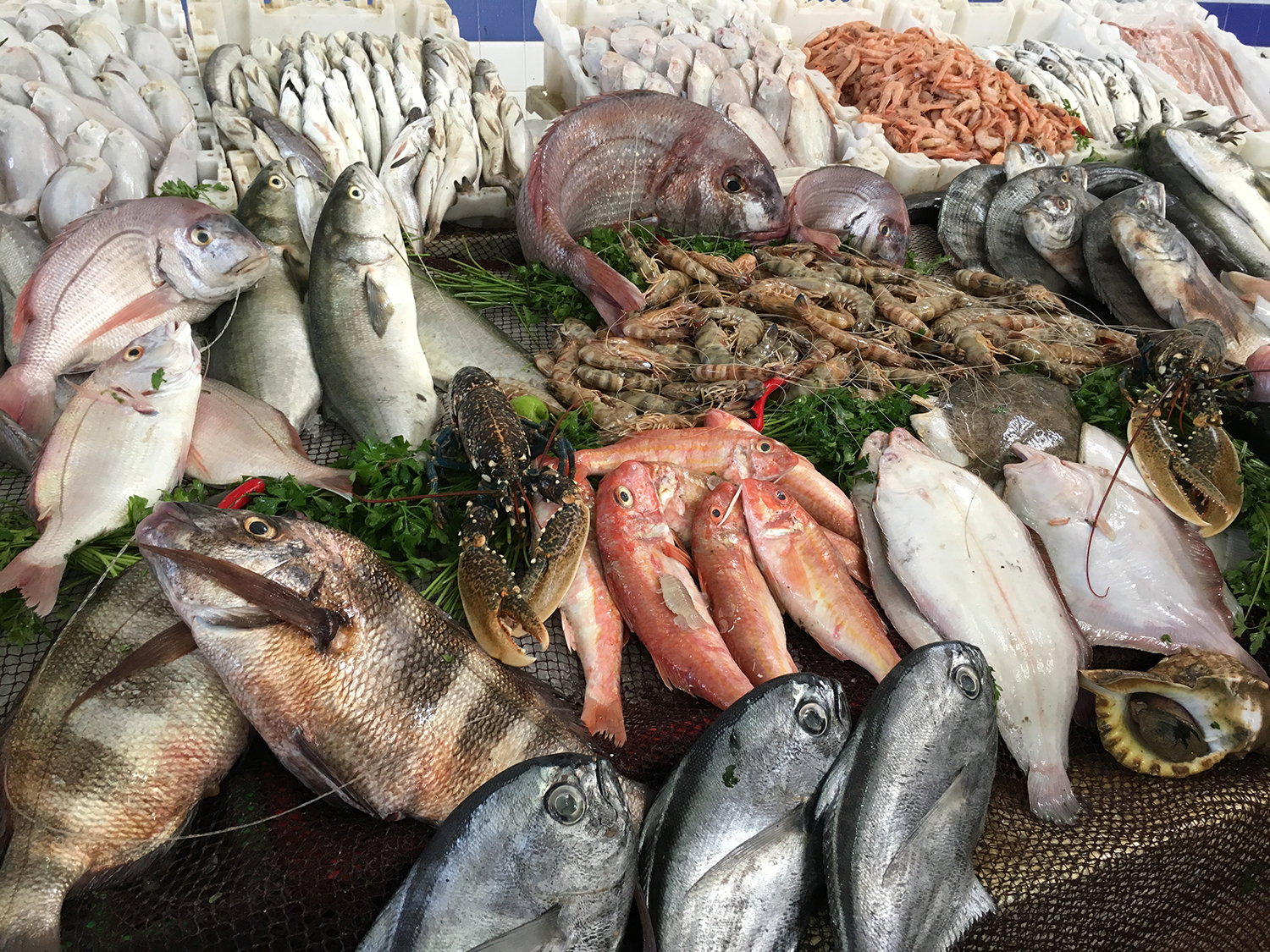
A new study has concluded that the bulk of global aquaculture production lacks species diversity, which presents risks to the industry and global food security in the face of a changing climate and the ever-present threat of disease.
Published in the journal Aquaculture, researchers assessed aquaculture species diversification at the global, regional and national levels, and found that beneath high species diversity globally lies generally low diversity at the national level.
Furthermore, species diversification lost momentum in recent decades, with concentration a more prominent development pathway, which tends to drive aquaculture towards a low-diversity system, similar to terrestrial farming.
“Cultivating species diversity in aquaculture is no simple endeavor,” Dr. Junning Cai, aquaculture officer at the Food and Agriculture Organization and first author of the study, told the Advocate. “Introducing new species, prioritizing minor ones, or even a wide species spread doesn’t guarantee a diverse composition. Successful diversification tends to be a gradual process influenced by consumer preferences, technological breakthroughs, institutional arrangements and many other factors.”
The research – conducted by scientists from The Food and Agriculture Organization of the United Nations (FAO), the U.S. National Oceanic & Atmospheric Administration, the Chinese Academy of Fishery Sciences and the University of Hawaii – involved a comprehensive evaluation of aquaculture species diversification at the global, regional (more than 30 country groups) and national levels, covering a period of seven decades from 1950 to 2020 with a focus on 1990 to 2020. The data used was aquaculture production statistics from the Food and Agriculture Organization of the United Nations (FAO) Global Aquaculture Production Statistics 1950–2020 (FAO 2022).
In 2020, 448 species contributed to the global aquaculture production of 123 million metric tons (MT), but the production was concentrated on a much lower number of species: 46 species contributed 90 percent of the total production. Among this group, just 10 species accounted for approximately half of the total production.
Marine finfish hatcheries: Species diversification, technological developments
In contrast, two-thirds of global crop production came from 10 species (out of <200 plant species with significant production globally), while only about 40 terrestrial animal species are cultivated for food such as meat, milk and eggs, Production of terrestrial animals is concentrated in only a handful of species – its diversity comes through various breeds.
Aquaculture is a diverse food production system, and a high species diversity in aquaculture can make the global food system more resilient. Species diversification could facilitate aquaculture growth through multiple mechanisms and increase the sector’s resilience and long-term sustainability. Facing increasing challenges from climate change, disease outbreaks, market fluctuations, and other disturbances, species diversification has become a widely recognized and endorsed development strategy in the policy and scientific communities for the growth and resilience of the aquaculture sector.
Many attempts to promote new species have yielded little long-term success. Failure to establish a novel species could be attributed to various hindrances, such as technical difficulties, limited markets, or institutional constraints. Yet fundamentally, when aquaculture species that appear promising individually compete for limited resources and markets, market mechanisms, such as economies of scale and maximization of risk-adjusted return, tend to make aquaculture production concentrated towards a few “winner” species.
Successful diversification tends to be a gradual process influenced by consumer preferences, technological breakthroughs, institutional arrangements and many other factors.
High species diversity could be advantageous for the aquaculture sector as technically, species diversification can increase farming efficiency through polyculturing multiple species in the same farming system, cultivating the most suitable species in different farming environments, or rotating different species according to seasonal variations. Economically, species diversification can help the sector overcome market satiation and broaden its market base.
And perhaps most importantly, species diversification can enhance aquaculture’s resilience against climate change, disease outbreaks, market fluctuations, and other shocks that pose challenges to the sector’s long-term sustainability. Therefore, species diversification is widely endorsed by many scientists as a prominent strategy for sustainable aquaculture development by both policy and scientific communities.
Should a country pursue species diversification or adopt a “concentration” pathway to focus on a few most productive species for high growth and exploit their intra-specific potential for diversity, the authors asked? The researchers’ answer tends to vary for different countries or for the same country at different stages of aquaculture development, as both pathways have pros and cons. Information, knowledge and understanding of past experiences of species diversification are crucial for guiding aquaculture development, especially for countries with a less developed aquaculture sector.
“To steer the sector towards sustainable diversification, decision-makers must grasp these intricate dynamics and foster an environment conducive to both growth and diversity. While our paper’s insights offer guidance, in-depth case studies are vital for evidence-based policymaking and effective sector management,” concluded Dr. Cai.
Now that you've reached the end of the article ...
… please consider supporting GSA’s mission to advance responsible seafood practices through education, advocacy and third-party assurances. The Advocate aims to document the evolution of responsible seafood practices and share the expansive knowledge of our vast network of contributors.
By becoming a Global Seafood Alliance member, you’re ensuring that all of the pre-competitive work we do through member benefits, resources and events can continue. Individual membership costs just $50 a year.
Not a GSA member? Join us.
Author
-

Darryl Jory, Ph.D.
Editor Emeritus
[103,114,111,46,100,111,111,102,97,101,115,108,97,98,111,108,103,64,121,114,111,106,46,108,121,114,114,97,100]
Related Posts
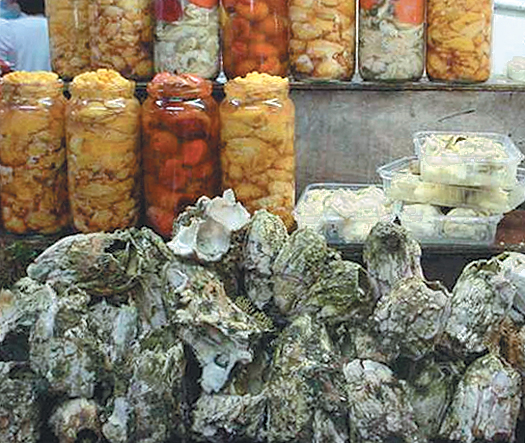
Responsibility
Aquaculture diversification in Chile: Potential of giant barnacles
Current work to support culture of giant barnacles illustrates the process of developing production technologies and their transference within Chile.
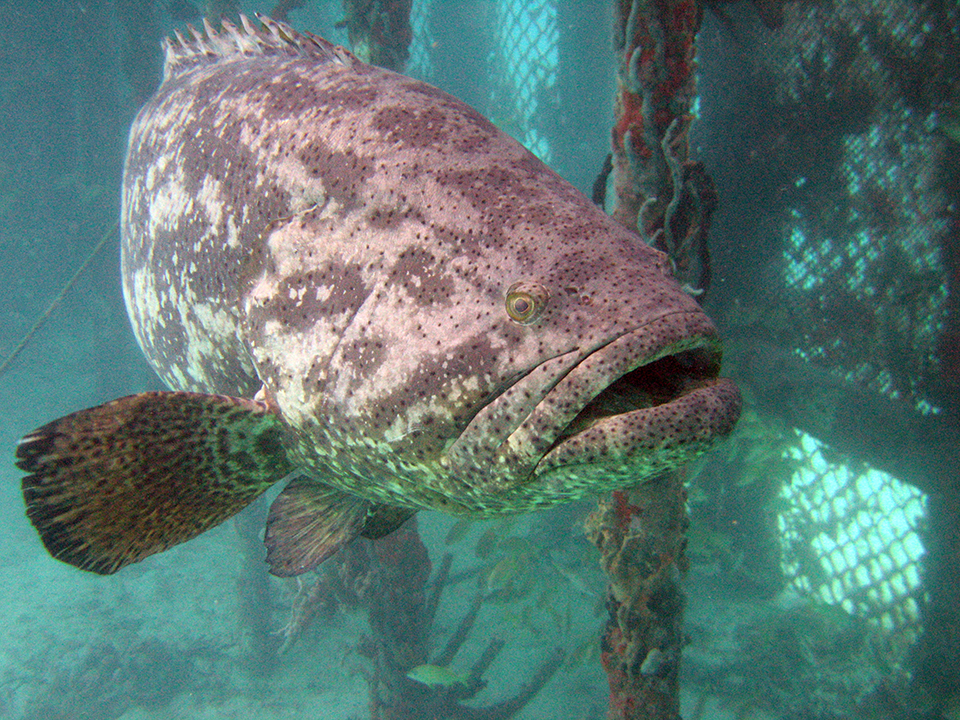
Innovation & Investment
Colombia to diversify its aquaculture industry through marine fish culture
A collaboration among the Center for Aquaculture Research in Colombia, Center for Research, Education and Recreation, and University of Miami is working to adapt the latest aquaculture technology available worldwide to local conditions and create opportunities for farming new commercial species in Colombia.
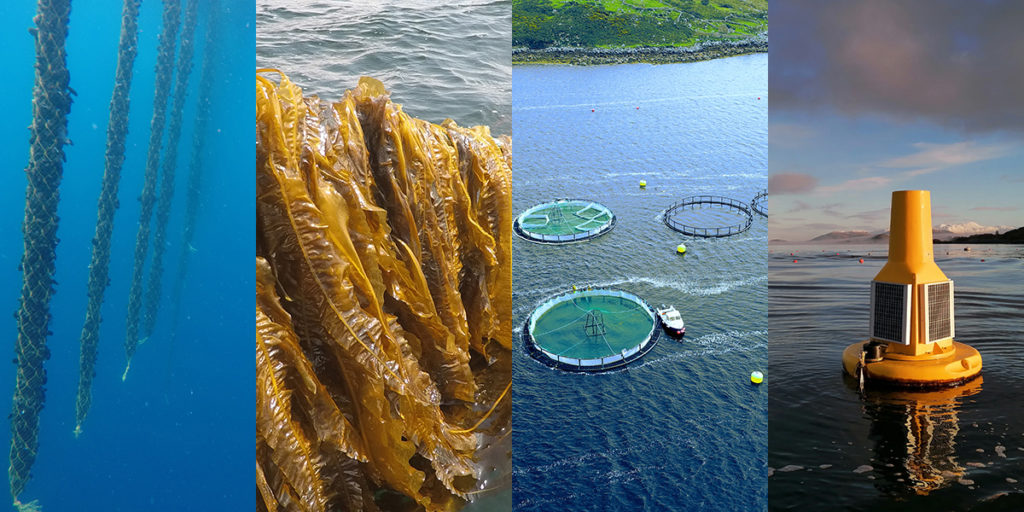
Responsibility
Conscious coupling: Can IMTA gain a foothold in Europe?
Integrated multitrophic aquaculture (IMTA) isn’t widely practiced in Europe but new findings indicate that farming multiple species on one site can work.
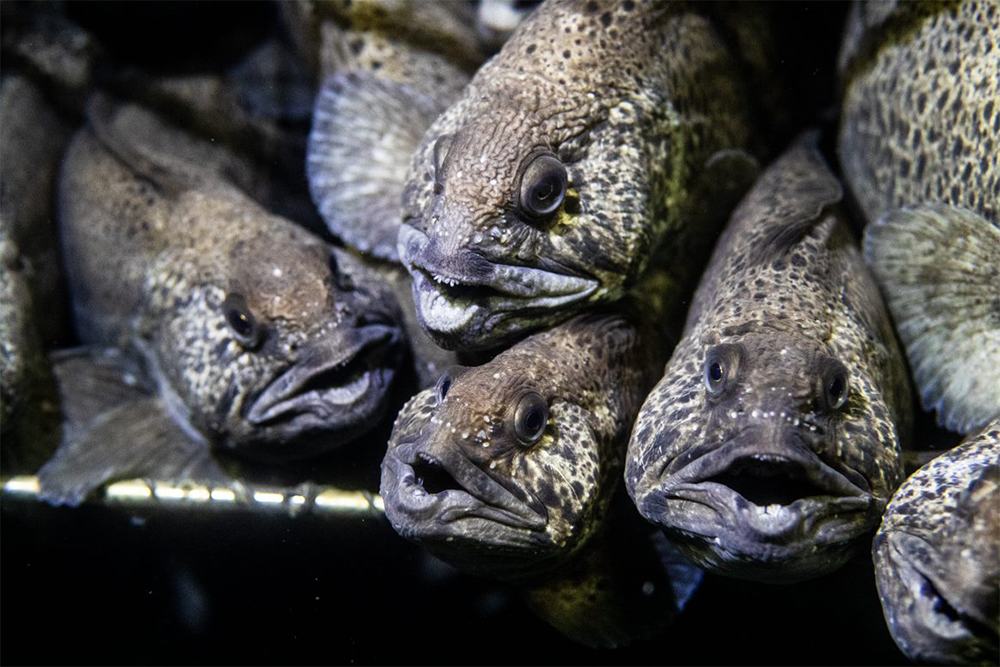
Intelligence
How spotted wolffish could be the ‘whitefish of the future’
Spotted wolffish is a candidate as a new farmed species in Norway, which seeks to ensure the continued growth of global aquaculture.


